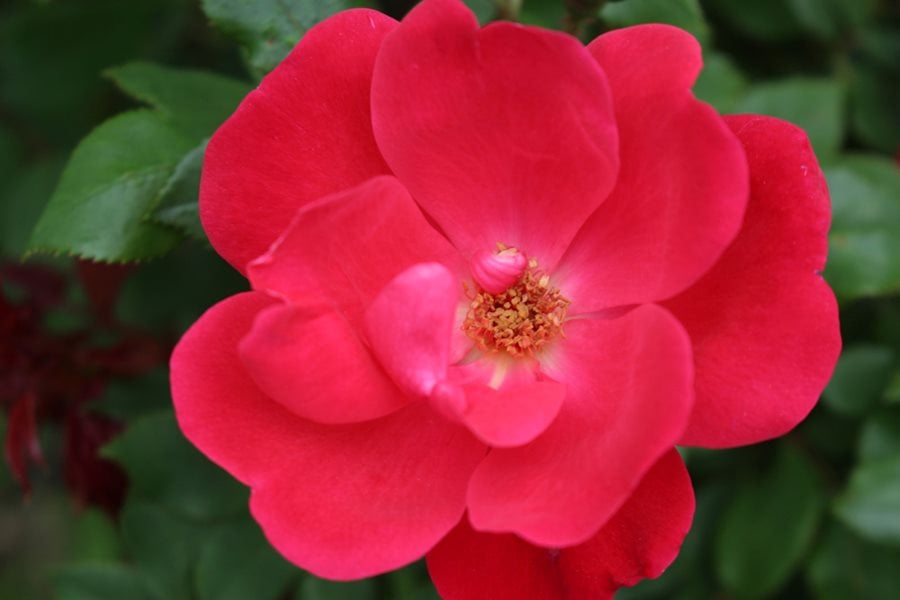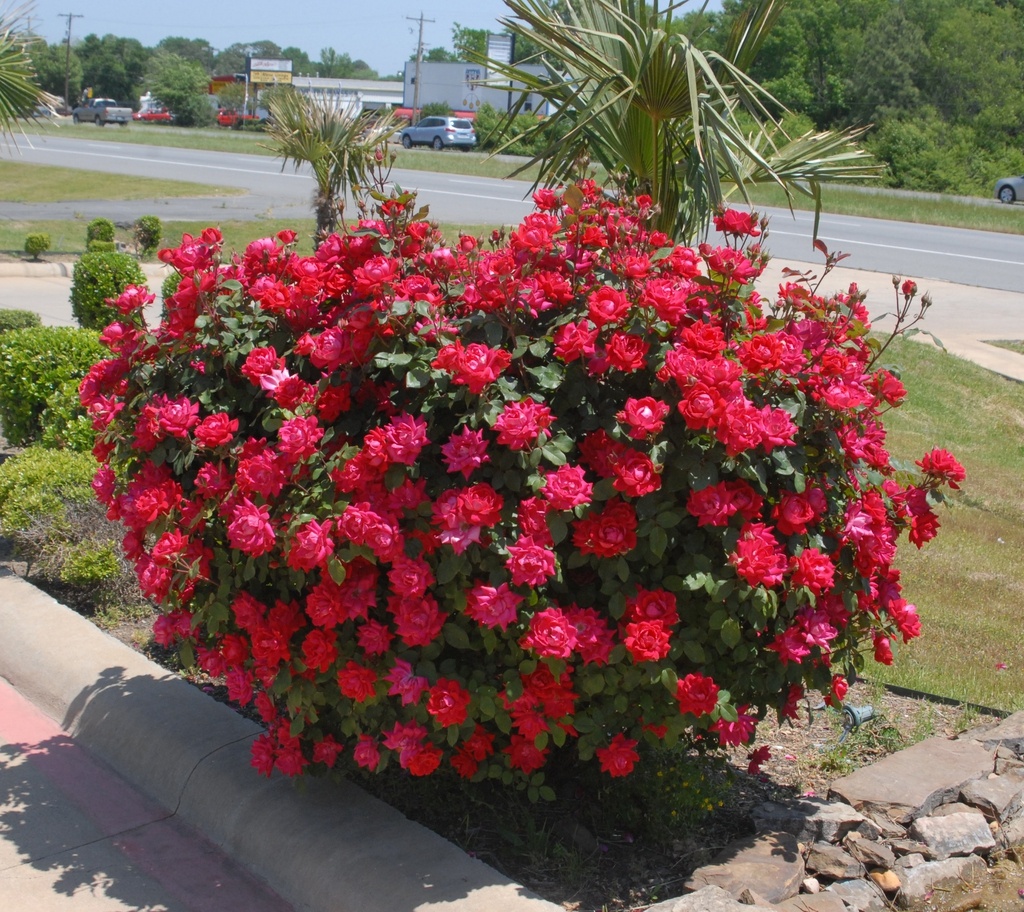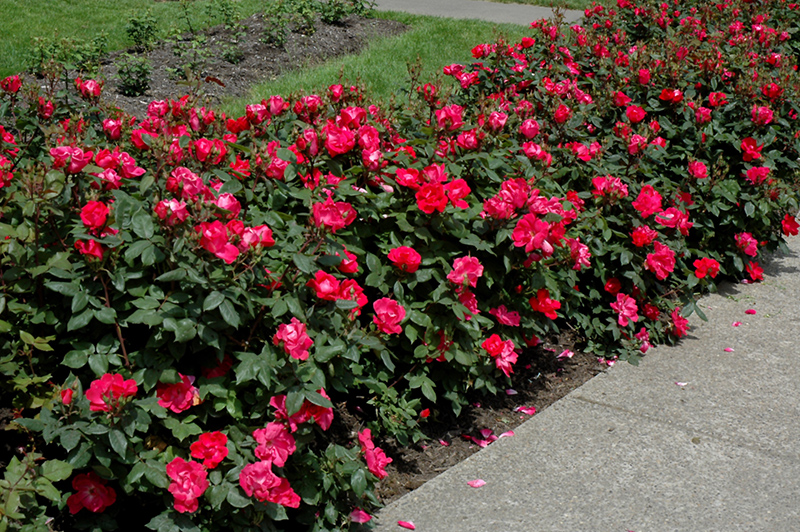The Knock Out Rose: The Easiest Rose To Grow
Introduction
Roses are a popular choice for gardeners of all levels, but they can be a bit daunting to grow. They require regular watering, fertilizing, and pruning, and they are susceptible to pests and diseases. However, there is one type of rose that is known for being easy to grow, even for beginners: the Knock Out Rose.
What is a Knock Out Rose?
The Knock Out Rose is a hybrid tea rose that was developed in 1997 by William Radler of Weeks Roses. It is a vigorous, disease-resistant rose that blooms profusely from spring to fall. Knock Out Roses are available in a variety of colors, including red, pink, yellow, white, and orange.
Why are Knock Out Roses so easy to grow?
There are a few reasons why Knock Out Roses are so easy to grow. First, they are very tolerant of heat and cold, so they can be grown in a wide range of climates. Second, they are resistant to a variety of pests and diseases, which means that you don't have to spend a lot of time spraying them with chemicals. Third, they are self-cleaning, which means that you don't have to deadhead the flowers.
How to grow Knock Out Roses
Knock Out Roses are relatively easy to grow, but there are a few things you need to do to ensure their success. First, choose a sunny location with well-drained soil. Second, amend the soil with compost or manure before planting. Third, water the roses regularly, especially during the first year. Fourth, fertilize the roses in spring and fall. Fifth, deadhead the flowers to encourage new blooms.
Conclusion
If you are looking for an easy-to-grow rose that will provide you with beautiful blooms all season long, then the Knock Out Rose is a great option. These roses are tolerant of heat and cold, resistant to pests and diseases, and self-cleaning. With a little bit of care, you can enjoy Knock Out Roses for years to come.
Rosa Knock Out is a popular rose variety that is known for its hardiness, disease resistance, and profuse blooms. If you are looking for a rose that is easy to care for and will provide you with years of enjoyment, then Rosa Knock Out is a great option.
To learn more about Rosa Knock Out, please visit Garden Wiki. This website provides detailed information about the rose's history, care requirements, and pest and disease resistance. You can also find photos of the rose in bloom, as well as tips for planting and growing it in your own garden.
FAQ of rosa knock out
What are the benefits of growing Rosa Knockout roses?
Rosa Knockout roses are known for their low-maintenance, drought tolerant, and self-cleaning qualities. They are also resistant to powdery mildew and black spot, two common diseases that can affect roses. This makes them a great choice for gardeners who want a beautiful and easy-care rose bush.
How often should I water my Rosa Knockout roses?
The frequency of watering will depend on your soil and climate as well as the age of the plant. In general, water your roses deeply once a week, or more often if the weather is hot or dry.
How do I deadhead my Rosa Knockout roses?
Deadheading is the process of removing spent blooms. This helps to keep your roses looking their best and encourages new blooms to form. To deadhead your roses, simply pinch off the spent blooms at the base of the flower.
What should I do if my Rosa Knockout roses are turning yellow?
There are a few reasons why your Rosa Knockout roses might be turning yellow. It could be due to excessive heat, too much water, or too much fertilizer. If you think the heat is the problem, try watering your roses more often and in the morning. If you think you're overwatering, cut back on the amount of water you're giving your roses. And if you think you're overfertilizing, stop fertilizing for a while.
How do I prevent pests and diseases from affecting my Rosa Knockout roses?
There are a few things you can do to prevent pests and diseases from affecting your Rosa Knockout roses. First, make sure you're planting your roses in a well-drained location. This will help to prevent root rot, which is a common problem for roses. Second, you can apply a fungicide to your roses to help prevent powdery mildew and black spot. And third, you can inspect your roses regularly for signs of pests, such as aphids and spider mites.
Image of rosa knock out
- Image 1: A close-up of a single Rosa Knock Out rose, showing the vibrant orange-red petals and yellow stamens.

- Image 2: A cluster of Rosa Knock Out roses in full bloom, with their petals cascading over each other.

- Image 3: A Rosa Knock Out rose bush in a garden, with its bright orange-red flowers standing out against the green foliage.

- Image 4: A Rosa Knock Out rose in a vase, with its petals glistening in the sunlight.

- Image 5: A Rosa Knock Out rose with a single dewdrop on one of its petals.

- Image 6: A Rosa Knock Out rose with a bumblebee pollinating it.

- Image 7: A Rosa Knock Out rose in a terracotta pot, with its vibrant orange-red petals contrasting against the terracotta.

- Image 8: A Rosa Knock Out rose in a hanging basket, with its cascading petals spilling over the sides.

- Image 9: A Rosa Knock Out rose in a winter garden, with its leaves still green and its flowers still blooming.

- Image 10: A Rosa Knock Out rose in a meadow, with its bright orange-red flowers standing out against the green grass.

Post a Comment for "The Knock Out Rose: The Easiest Rose To Grow"